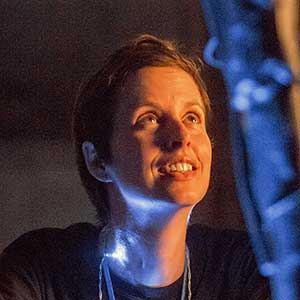How do you get thirty six 8-11 year olds excited about science in museums? Give them a ‘crime scene’ and skills to solve the crime.
Early one Saturday morning in August, we welcomed our budding scientists for Science Detectives, a full day of forensic fun. The Whipple Museum of the History of Science, the Polar Museum, the Sedgwick Museum of Earth Sciences, the Museum of Zoology and the Botanic Garden all ran sessions that honed the children’s scientific skills in preparation for a forensic investigation at the Botanic Garden in the afternoon.
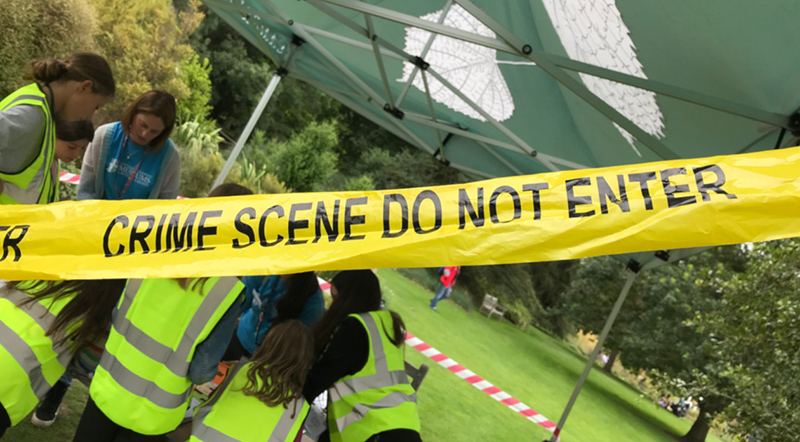
Our aims were to show how different branches of science overlap, get children into our museums and most of all to make science fun.
The morning was packed with workshops on:
• Things which are very small: looking at botanic samples using historic and modern microscopes
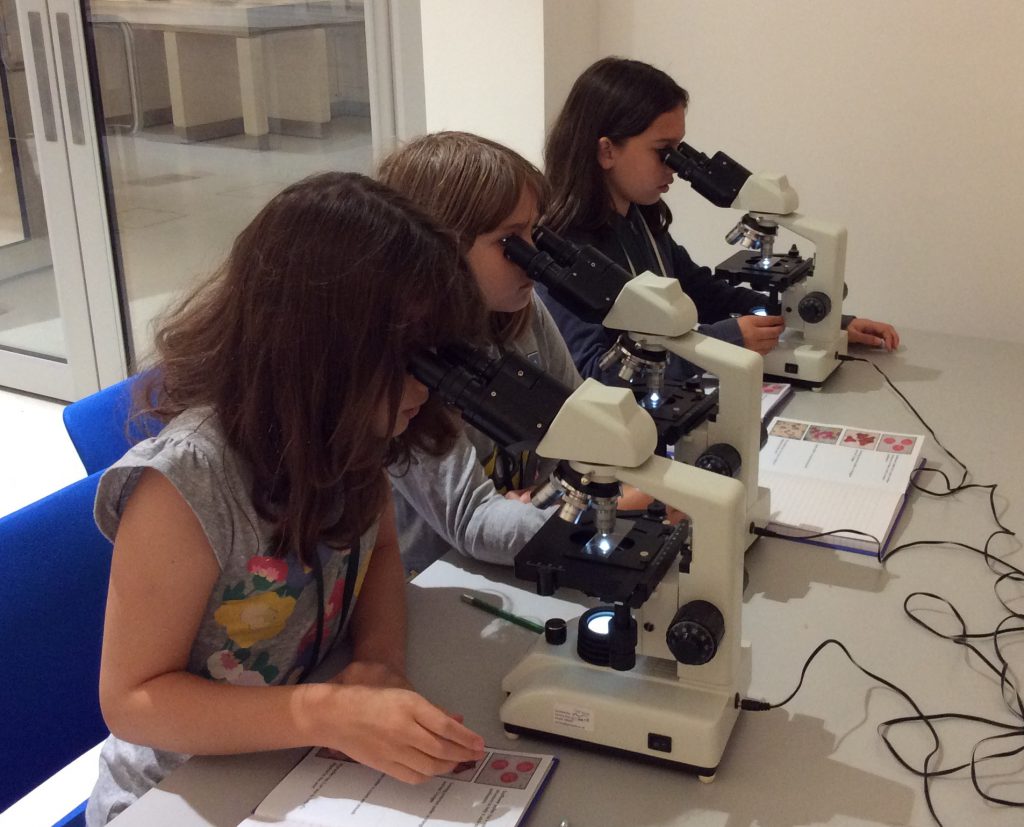
• Things that are very big: mapping from lots of different angles
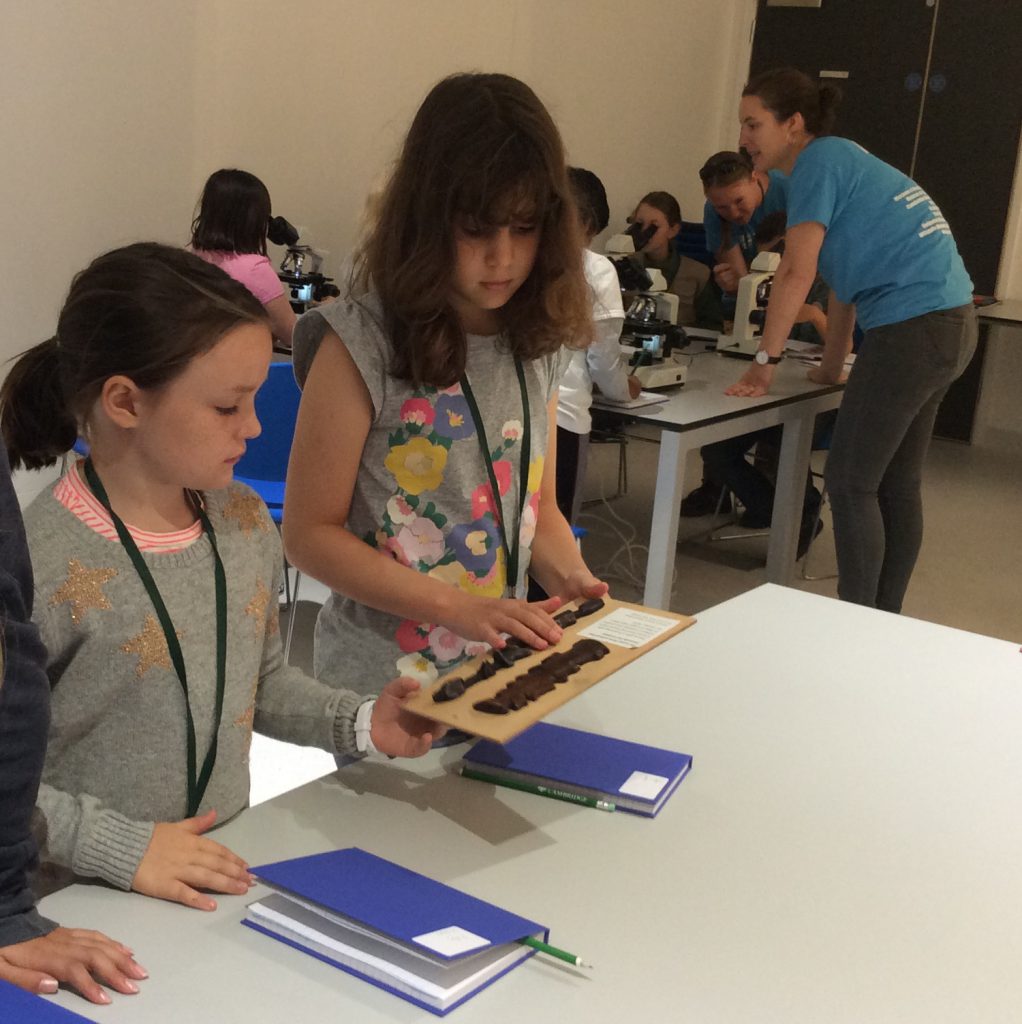
• Things that you can’t see: acids and alkalis
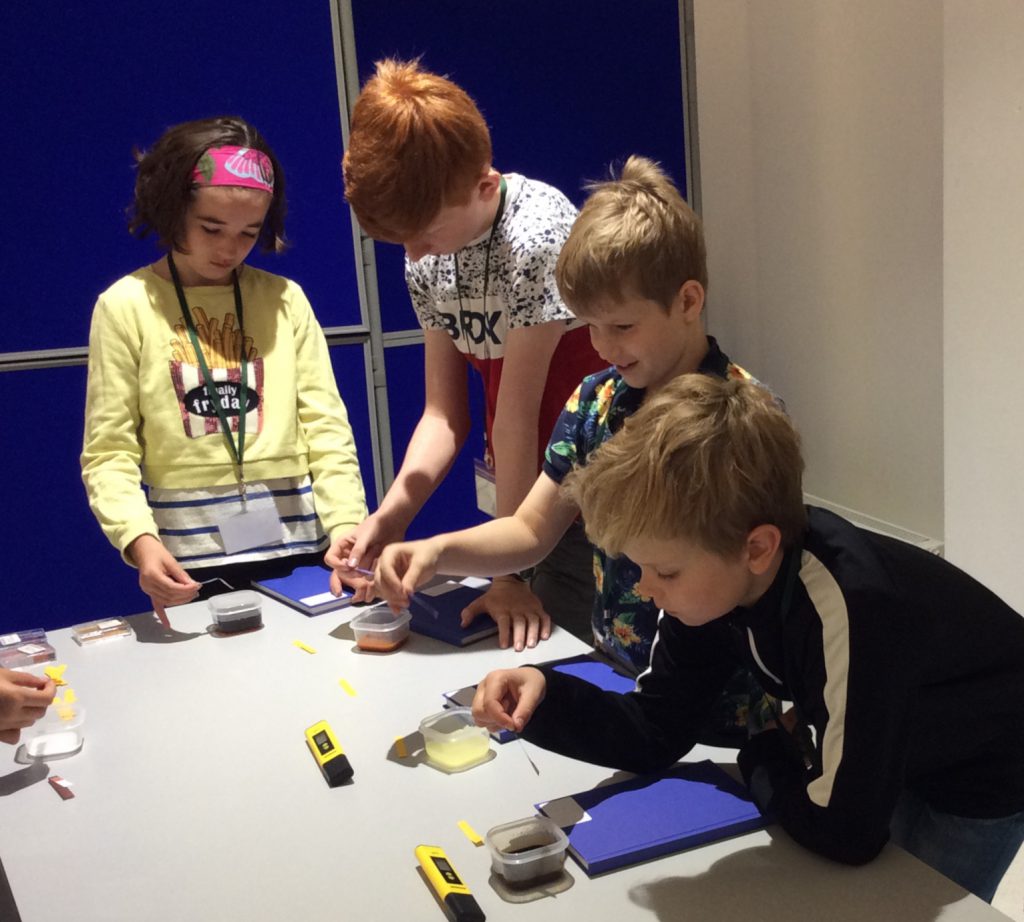
• Plaster casting footprints
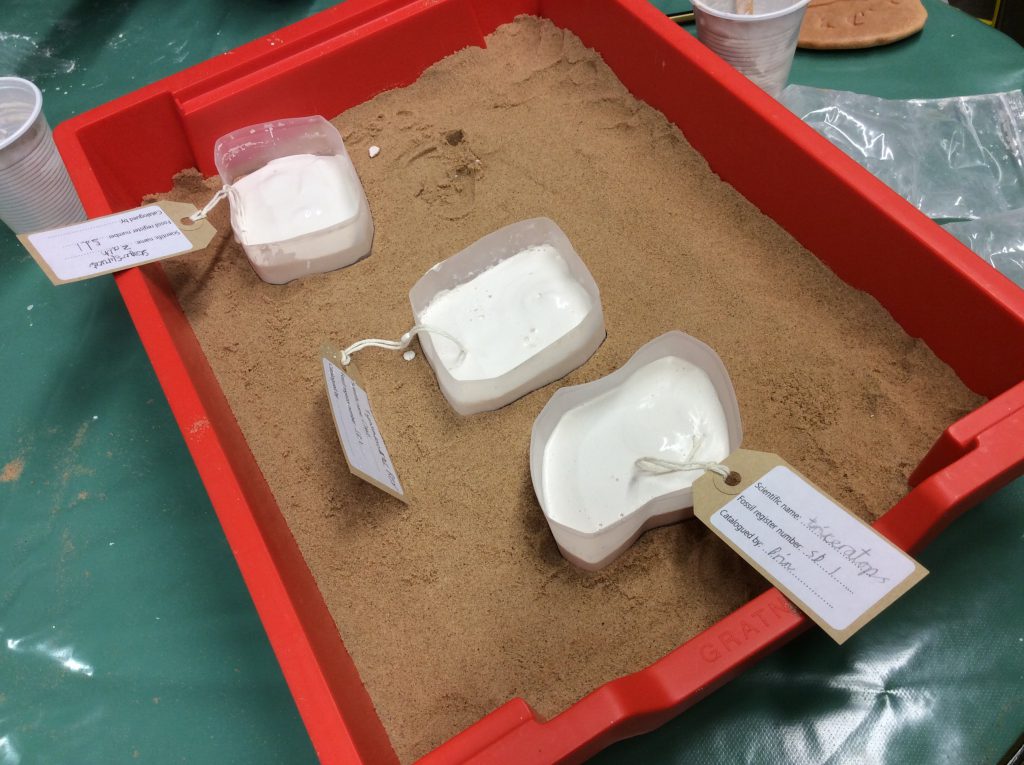
• The similarities of birds and dinosaurs
• Footprint silhouettes
• Looking at four different mammal skeletons
• A game to match the bird to its footprint
After spending the morning at the Museum of Zoology, we walked to the Botanic Garden for a quick lunch before heading in to the gardens to solve the mystery who poisoned Ali the Algae researcher after he announced his incredible new research in the field of botany and energy.
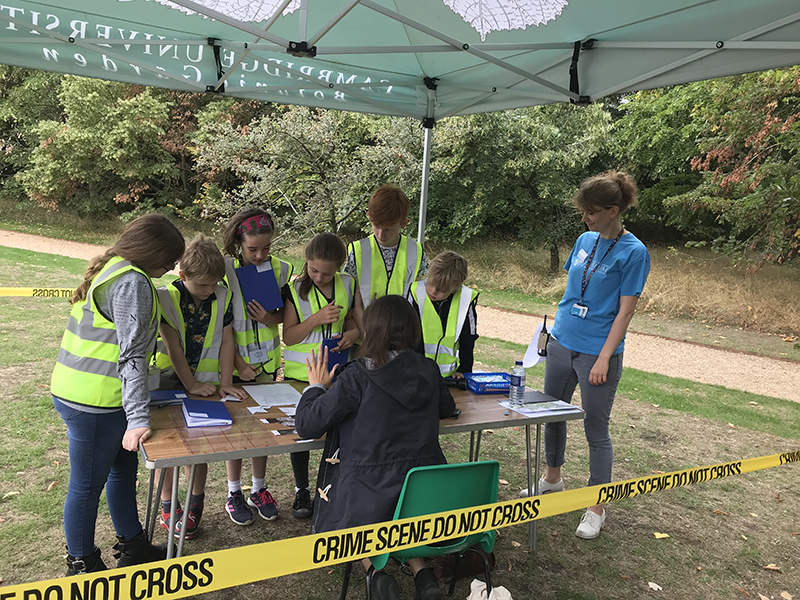
Using their newfound skills, including pollen and footprint identification, satellite mapping and soil pH testing, our young scientists did a great job of solving the mystery.
Did we meet out aims? All the staff involved worked hard to come up with engaging activities that used objects from across our collections. Feedback from the day told us that at least some of our young scientists had not been in to any of the museums before.
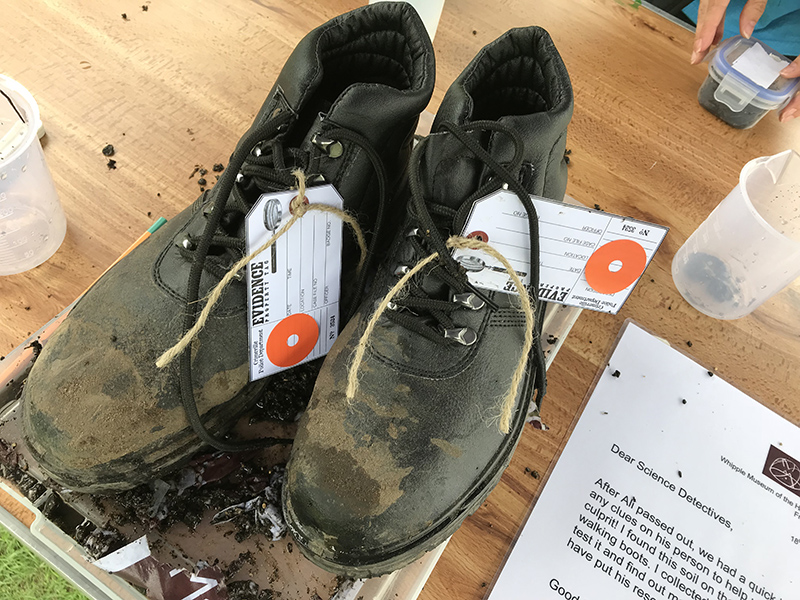
Did we make science fun? Feedback from parents and children was overwhelmingly positive and one of our 9 year olds said “..it made me want to be a scientist”.
Did we spend too much time late on Friday night finishing resources? Well yes, but it will be easier next time… right?
Check the museums’ websites for more engaging science activities.

